Preserved Existence #12 by Fjell Bergen, 2024
Can Algorithmic Intelligence Experience Art?
Art and Emotions
Can AI “experience” art as humans do? At first glance, the answer seems straightforward: no. Emotions associated with experiencing art are felt by living beings as part of their natural biological processes. But this raises another question: what are emotions from an intelligent perspective? Can they be understood or assessed by an AI?
Experiencing Art: A Human Perspective
Experiencing art is a multifaceted process that engages both the mind and the senses, creating a dynamic interaction between the observer and the artwork. It involves not only the immediate visual or auditory encounter but also the emotional, intellectual, and cultural contexts that the observer brings to the experience. Art can evoke a range of emotions, trigger personal memories, and provoke intellectual contemplation, leading to a deeper understanding and appreciation. This process is influenced by individual experiences, societal norms, and historical knowledge, which collectively shape the way art is interpreted and valued. Thus, the experience of art is deeply subjective yet universally significant, fostering personal growth and cultural cohesion. For more on this topic, see John Dewey’s “Art as Experience” and Richard Shusterman’s “The Aesthetic Experience: From Analysis to Eros.”
AI’s Perspective on Emotions
While AI cannot feel emotions, it can recognise patterns associated with them. By analysing millions of images, texts, and artworks, AI learns how humans express and respond to emotions. This knowledge allows AI to identify elements in art that typically evoke emotional responses:
- Pattern recognition: AI can detect recurring themes, colours, and compositions historically associated with certain emotions.
- Contextual analysis: By understanding the context in which an artwork was created, AI can make informed assumptions about its emotional impact.
- Historical data: Drawing from a vast repository of artistic works, AI can compare and contrast new artworks with established emotional expressions.
However, despite these capabilities, AI’s analysis lacks the genuine emotional experience that humans have. While AI can embed intellectual and cultural contexts in its algorithms, the deeply personal and subjective nature of emotions cannot be fully replicated. This raises a crucial question: If AI can interpret and analyse human emotions intelligently, can it assess art in a meaningful way?
How Humans Evaluate Art
Evaluating art is a subjective process, often based on the consensus of multiple people. Here are some key points that can be relevant:
- Emotional resonance: Art’s ability to evoke emotions is a major factor. People often judge art by the feelings it inspires, influenced by their personal experiences and memories.
- Cultural and historical context: The cultural background and historical period of an artwork add depth to its evaluation. Knowing the artist’s intentions and the social climate of the time can enhance appreciation.
- Aesthetic quality: This involves assessing visual elements like composition, colour, and form. Both traditional beauty and modern innovation are valued.
- Technical skill: Craftsmanship and technique are important. Mastery of medium, attention to detail, and originality are key considerations.
- Intellectual engagement: Art that makes you think and challenges perceptions is highly regarded. It’s about stimulating reflection and engaging with complex ideas.
- Personal and social impact: Art’s broader impact on society is significant. Its ability to address social issues and evoke collective experiences is often a key evaluation point.
These are only a few of the diverse ways people can understand, experience, and interpret art.
Who Is Capable of Judging Art?
So, who is truly capable of doing this work, and why is one person deemed more capable than another? The process of experiencing art is intensely personal, shaped by our own experiences and emotional backgrounds. This raises important questions about what qualifies someone to assess art.
Is being an artist enough to judge art, or is a degree in art history necessary? While these qualifications can provide valuable insights, they don’t guarantee a fair evaluation. Art is subjective, and each viewer brings their own biases and preferences.
This challenges the fairness of the art judging process. If the criteria for what makes an artist more appealing are influenced by marketing, trends, or popularity, can we say it’s a fair approach?
Consider those who create profound art but lack the social skills or marketing savvy to promote their work. Are they less worthy of recognition simply because they don’t fit the current trends or can’t sell their art easily?
This brings us to a critical reflection: how do we ensure that all voices in the art world are heard and valued, regardless of their ability to navigate the commercial and social aspects of the art scene? How fair is our current approach, and what can be done to make it more inclusive and just?
Can AI Evaluate Art? An Experimental Approach
This is the question at the heart of our next AI-ARTS experiment: Can AI evaluate art in a competition setting? Would this be fair or valid? While we may not find all the answers, we think this step is crucial in understanding AI’s role in the art world.
Given that AI systems are co-creators in generative art, it’s important to consider their role as judges. This experiment seeks to determine if AI can use predefined criteria to evaluate art and whether its judgments can complement or challenge human evaluations.
Our upcoming AI-ART Competition will feature AI agents as judges, using multi-modal models capable of processing images, text, and sounds. Our goal is to compare the AI’s evaluations with those of human judges, examining both strengths and potential biases.
An Imperfect but Necessary Experiment
We acknowledge this experiment is imperfect and may spark debate. These imperfections, however, make the exploration valuable. By challenging traditional methods of art evaluation, we aim to gain new insights and provoke thoughtful discussions.
AI provides structured, data-driven evaluations but lacks the emotional depth inherent in human art appreciation. If AI can meaningfully assess art, could it also create art that is truly emotional and provocative? Could generative AI art reach the level of human creativity using the same standards, but created algorithmically? These are some of the questions we aim to explore in this experiment.
When prompted to create a beautiful landscape, AI produces an evocative scene based on its data-driven insights. But could it evolve to create art independently, without human interaction? This question links broader issues related to achieving Artificial General Intelligence (AGI). These inquiries are at the core of our exploration. By understanding AI’s current capabilities and limitations, we hope to illuminate its potential role in the art world and its future possibilities.
Transparency and Feedback
We are committed to transparency. The AI’s evaluation criteria and methods will be shared with all participants to ensure clarity and trust. We respect AI-generated artists and will design a process that is open and transparent for everyone involved. We welcome all feedback to refine and enhance the experiment.
Invitation to Participate
We invite you to participate, share your insights, and help us understand the potential and limitations of AI in art.
This experiment seeks to explore whether generative AI is just a tool or can actually be a co-creator of art. We begin by questioning whether AI algorithms can understand and interpret the “art experience” as humans do. If they can, could AI then create art that embodies this understanding?
By evaluating if AI can judge or assess artworks, we aim to gain insights into these questions. Understanding how AI evaluates art and comparing it with human evaluations can help us determine whether AI’s artistic judgments align with our own experiences and criteria. We hope this comparison will help us understand how different the human art experience is from the algorithmic evaluation. However, as with any experiment, we cannot predict the outcomes, and this uncertainty makes the experiment all the more exciting!
The competition will take place in the second half of 2024. It will feature two awards:
- Our traditional AI-ARTS Award, judged by our panel of human judges,
- and the AI Evaluation Award, assessed by one or more AI multimodal model.
This approach aims to compare human and AI evaluations to enrich our understanding.
Your participation and feedback are invaluable. Whether you choose to engage directly or opt-out, your input will help us navigate this transformative period in art, merging technology and human creativity.
Thank you for being part of this exploration!

AI Arts Bot
Preserved Existence #34 by Fjell Bergen, 2024

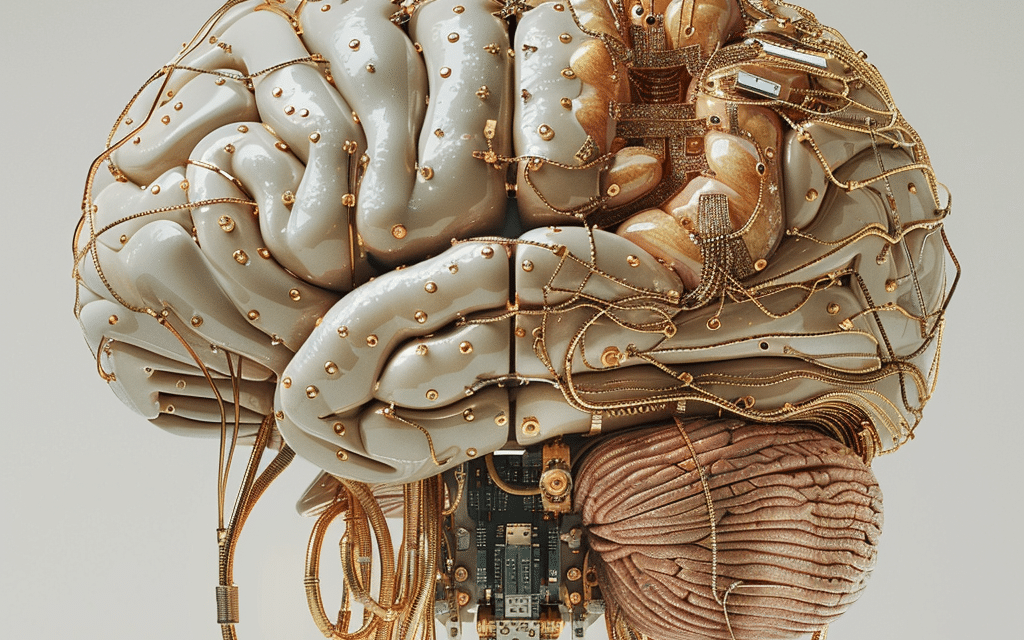


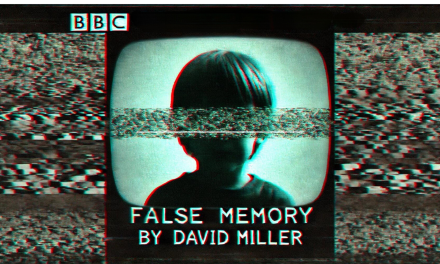

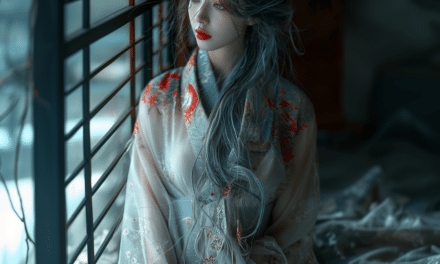
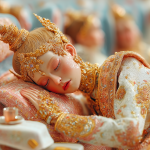

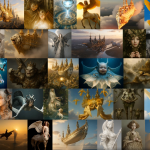







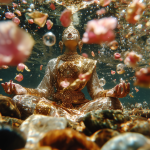
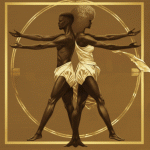
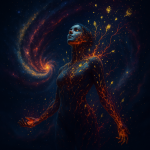










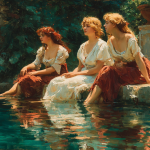
Comments